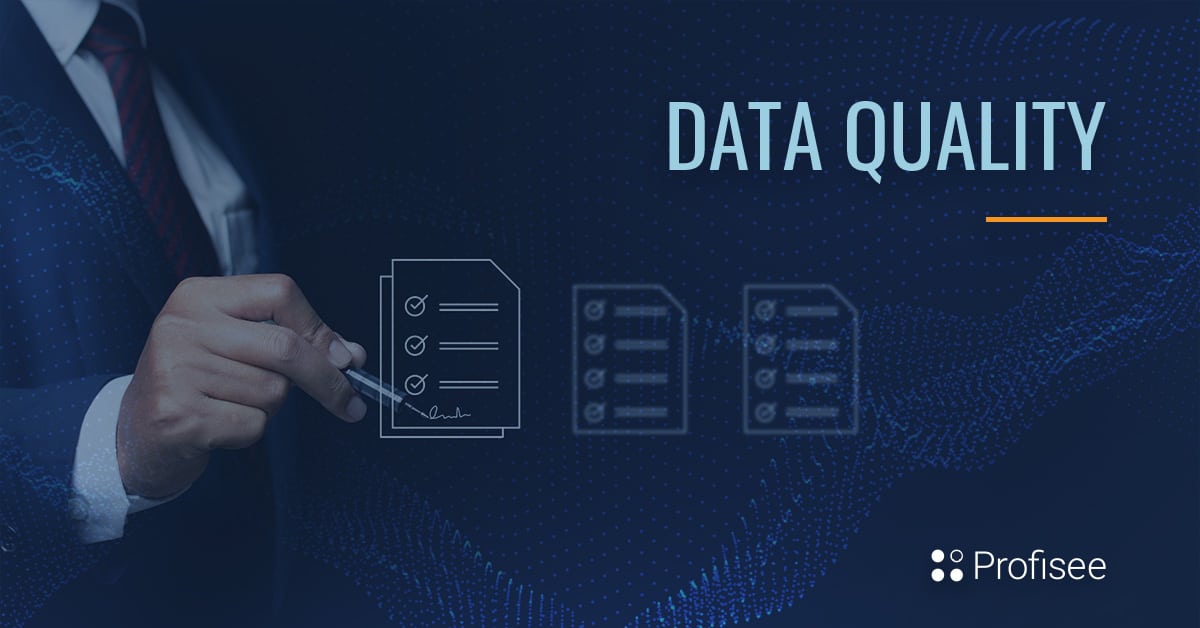
Data Quality Challenges in Portfolio Reporting—And How to Fix Them ---
Aug 14, 2025
In private equity, your portfolio reports are only as good as the data behind them. Yet too often, firms struggle with fragmented systems, manual processes, and inconsistent inputs that compromise decision-making—and LP trust.
Let’s break down the biggest data quality challenges in PE portfolio reporting—and how the best firms are solving them.
Common Challenges:
| Challenge | Description | Fix |
|---|---|---|
| Disconnected Systems | Portcos use different ERPs, CRMs, and spreadsheets, making data consolidation difficult. | Use API integrations and data pipelines (e.g., iLEVEL, FIS, custom ETL) to normalize inputs. |
| Inconsistent Metrics | “Revenue” may mean GAAP, non-GAAP, bookings, or billings—varies by company. | Create a centralized KPI dictionary with definitions and validation logic (e.g., Tableau + Snowflake, Vena). |
| Manual Errors & Version Control | Spreadsheets create copy-paste mistakes and version drift, slowing reports. | Automate with RPA and spreadsheet governance tools like DataRails or Workiva. |
| Lagging Data Timelines | Data is often outdated by the time it’s reported—reducing its value. | Use near real-time dashboards and automate workflows to reduce cycle time. |
| Limited Auditability | No clear trails make it hard to trace figures in LP conversations. | Use platforms with audit logs and role-based access (e.g., Allvue, Chronograph, Dynamo). |
The Takeaway:
Better decisions come from better data. By investing in automation, integration, and metric consistency, firms not only improve reporting accuracy—they build LP confidence and unlock faster, more proactive portfolio management.
At The PeEdge, we help firms modernize their data architecture—so your reports reflect insight, not just inputs.
Want to clean up your reporting stack? Let’s talk.

